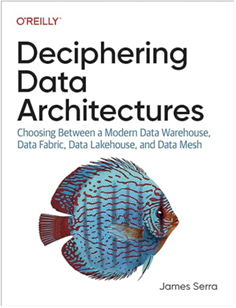A First Look at DAX Visual Calculations: the Good, the Bad, and the Ugly
The February 2024 release of Power BI Desktop includes a preview of visual calculations. As its name suggests, a visual calculation is a visual-scoped DAX measure that works at the aggregate (visual) level.
The Good
Visual calculations make previously difficult tasks much easier. Consider the following matrix:

Suppose you need a measure that calculates the difference between the product categories in the order they were sorted in the visual. Implementing this as a regular DAX measure is a challenge. Yet, if we had a way to work with the cells in the visual, we can easily find a way to get this to work. Ideally, this would work similar in Excel, but DAX doesn’t know about relative references. However, visual calculations do (kind of).
Let’s right-click on the visual and select “New calculation”. In the visual-level DAX formula bar, enter the following formula:
Category Diff = [Sum of SalesAmount] - PREVIOUS([Sum of SalesAmount], COLUMNS)
The Category Diff measure computes the difference between the current “cell” and the cell for the previous category. For example, for Bikes it will be $9,486,776-$28,266 (Accessories value).

Notice the use of the PREVIOUS function which is one the new DAX functions specifically designed for visual calculations. Notice also that the PREVIOUS function has additional arguments and one of them is the AXIS argument which specifies if the function should evaluate cells positionally on columns or rows. Finally, notice that visual-level formulas can only reference fields or measures placed in the visual.
The Bad
Among the various limitations, the following will cause some pain and suffering:
1. A visual calculation effectively disables exporting the visual data.
2. Drillthrough is disabled.
3. Can format visual calculations unless the visual supports it (the matrix visual does support measure formatting).
4. Can’t apply conditional formatting.
5. Can’t change sort order.
6. Can’t use field parameters.
The Ugly
The way Microsoft advertises this feature is that it is “easier than regular DAX”. My concern is that tempted by that promise, users will start abusing this feature left and right, such as for creating visual calculations that can be better implemented as regular DAX measures, e.g. for summing or averaging values. And not before long, such users would find themselves into an Excel-like spreadmart hell which is what they tried to avoid by embracing Power BI.
Therefore, please use these visual calculations only when regular DAX measures will not suffice. Business metrics should be centralized and should return consistent results, no matter the reporting tool or visual they are placed in. This is important for achieving the elusive single version of truth.







